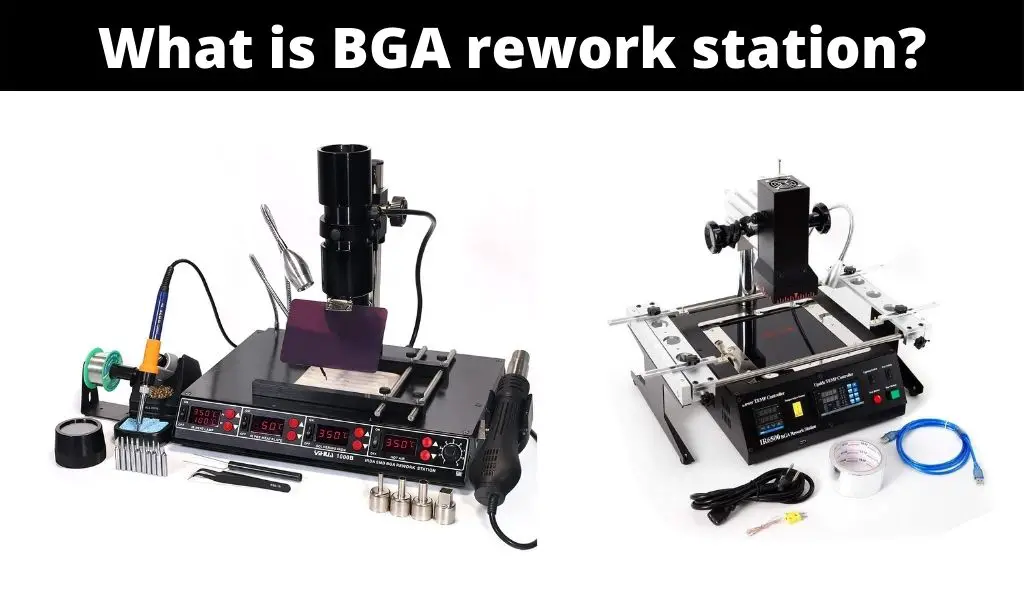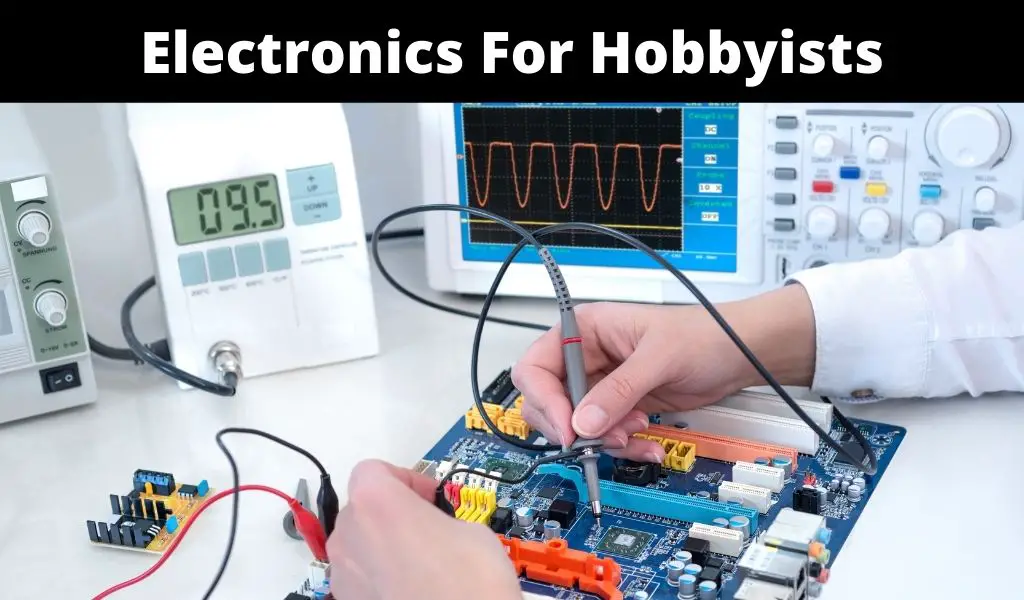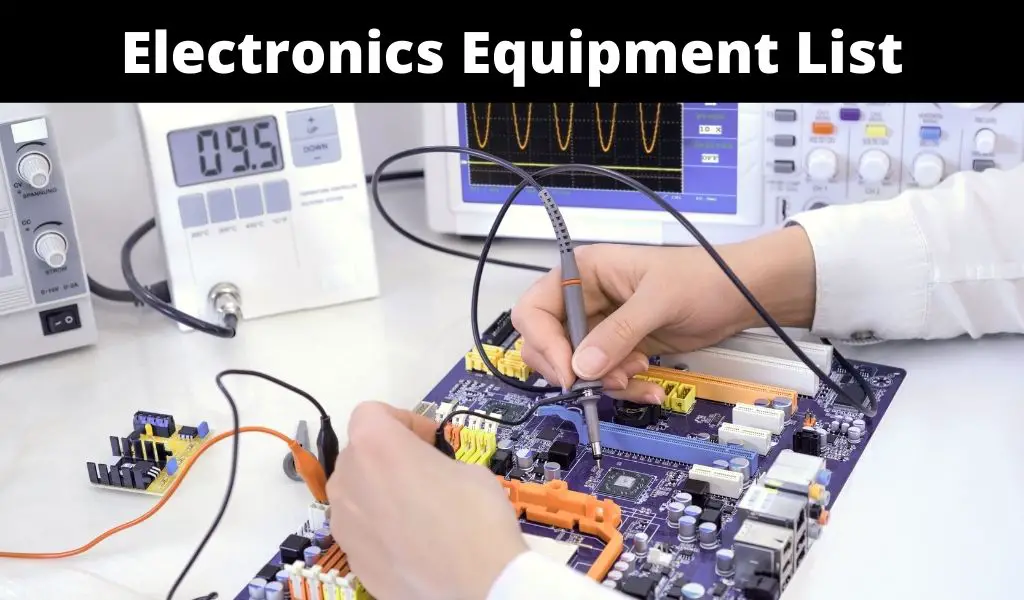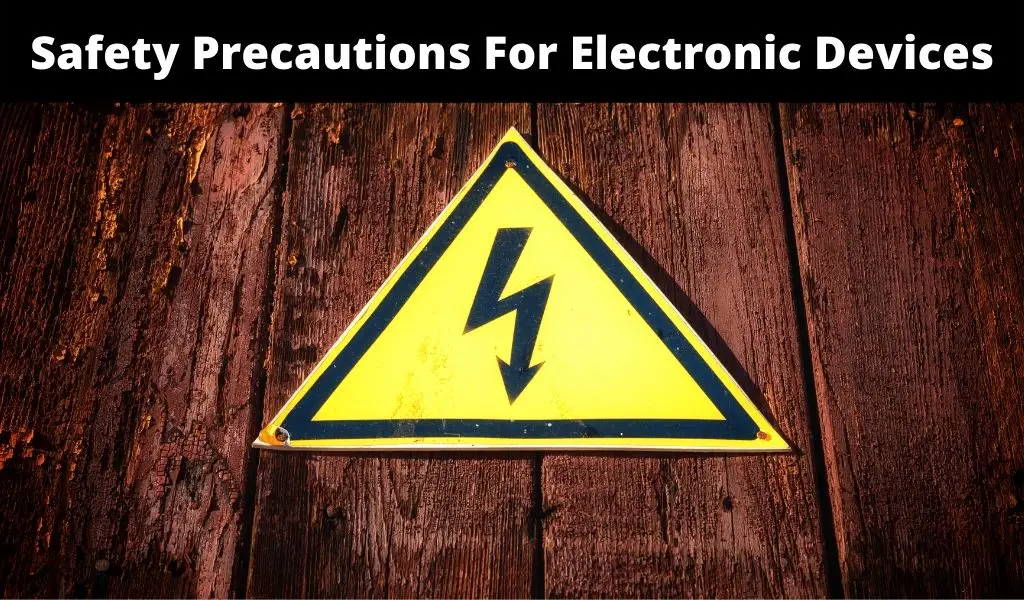BGA (ball grid array) components are becoming increasingly common in modern electronics due to their compact size and high pin count. However, their small size and densely packed pins can make them difficult to work with during repair or rework. Another challenge is that the pins are not exposed as they are directly under the package. This is where a BGA rework station comes in.
Rework is a term that is used for the repair or refinishing operation of PCB assembly that usually involves re-soldering and de-soldering of SMD (surface mount devices).
A BGA rework station is a specialized tool designed to remove and replace BGA components on printed circuit boards (PCBs). These stations typically consist of a heating element, a preheater, a vacuum pickup tool, and a control unit for temperature and air flow.
The heating element is used to melt the solder that connects the BGA component to the PCB. The preheater is used to heat the entire PCB to a temperature that will prevent damage to the board during the rework process. The vacuum pickup tool is used to remove the BGA component once the solder has been melted, and to place a new component back onto the board.
The control unit allows the technician to set and monitor the temperature and air flow during the rework process. This is critical for ensuring that the board and components are not damaged during the rework process, and that the new component is properly installed or removed.
What is BGA?
BGA or ball grid array is an integrated circuit chip package that is a surface-mount device. It uses tiny solder balls to make the connection to the PCB. When you place the BGA onto its footprint, you can heat up the package and the solder balls will start to melt and connect to each pad. BGA is similar to PGA (pin grid array), the only difference is there are balls of solder instead of pins. With the pins, you would need a socket which you typically see on a motherboard. This allows the component to easily be removed compared to BGA.
Advantages of BGA
- BGA has a smaller package and higher pin counts
- Better thermal and high-speed performance since conductors are directly under package
- Chips of BGA can be aligned easily to the PCBs (printed circuit board) as the solder balls (solder bumps) also known as leads are placed farther apart if compared to lead packages.
When to Use a Rework Station
- Faulty thermal cycling or faulty assembly leading to weak solder joints and intermittent performance
- Solder bridges where unwanted solder creates a short that could cause damage or result in a circuit not working
- ICs soldered on backwards from the assembly
- PCB flexing which could cause solder joins to crack
Process of BGA Reworking
Using a BGA rework station can be a challenging process that requires a high level of skill and expertise. However, with proper training and experience, technicians can use these tools to repair or replace BGA components with precision and accuracy, minimizing the risk of damage to the PCB and ensuring that the repaired or replaced component functions properly.
The following steps should be completed to ensure a strong a reliable bond between the BGA package and the PCB pads.
- Inspection and preparation: The first step is to inspect the BGA package and the PCB for any defects or damage. The PCB pads must be clean and free from any debris or oxidation. Any damaged or defective components or pads must be repaired or replaced before proceeding.
- Solder paste application: Solder paste is applied to the PCB pads using a stencil or dispenser. The paste is a mixture of tiny balls of solder and flux, which is a chemical that helps the solder to flow and bond to the pads.
- Component placement: The BGA package is carefully placed onto the PCB, aligning the solder balls with the corresponding pads on the PCB. The package is then held in place using a temporary adhesive or vacuum pickup tool.
- Reflow soldering: The PCB and BGA package are then heated using a reflow oven or BGA rework station. The temperature is carefully controlled to melt the solder paste and form a bond between the solder balls and the PCB pads. This process is known as reflow soldering.
- Cooling and inspection: After the soldering process is complete, the PCB and BGA package are allowed to cool. The board is then inspected for any defects, such as insufficient solder or bridging between adjacent pads. Any defects must be repaired or the entire process may need to be repeated.
Conclusion
Overall, a BGA rework station is an essential tool for anyone working with modern electronics that utilize BGA components. Whether in repair and rework or in production, these tools provide a level of precision and control that is critical for ensuring the proper functioning of electronic devices.






